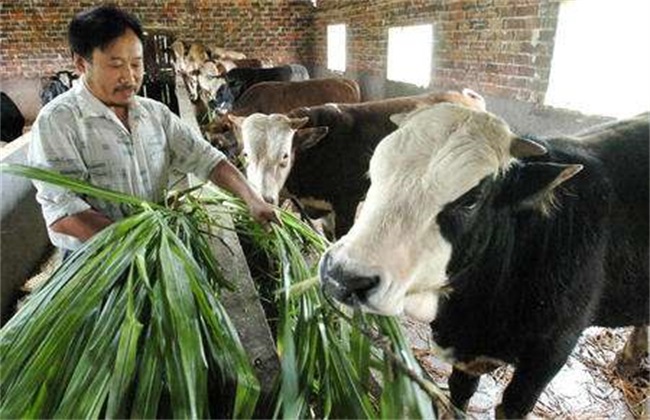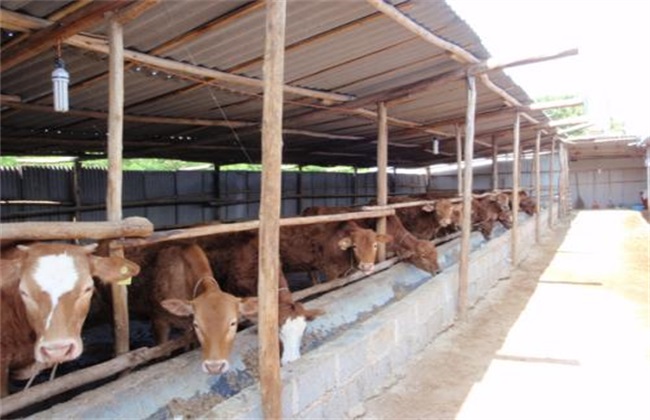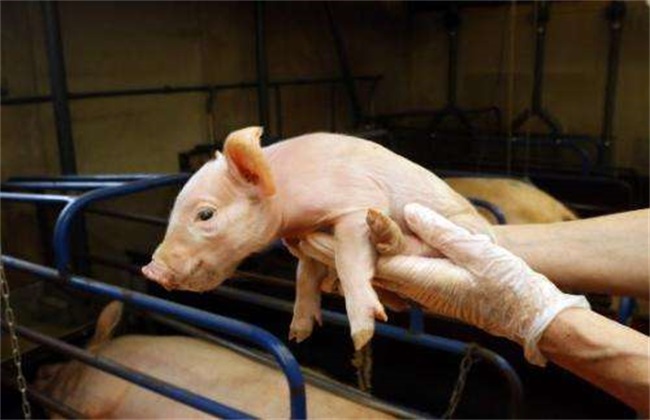Matters needing attention in green feeding of cattle in spring
Spring is the season of recovery of all things, and all kinds of forage grass and grass are gradually growing out. Therefore, when raising cattle in spring, the feed is generally green feeding. Cattle are originally a kind of animals that like to eat green feed, so it is very good to raise cattle and feed them in spring. However, when we raise cattle and feed them in spring, there are many things we need to pay attention to. Let's take a look at the matters needing attention in raising cattle and green feeding in spring with the editor.

1. Reasonable collocation
When feeding green feed in spring, we should pay attention to reasonable collocation, not only a single green feed for a long time. Although a single feed can feed cattle, cattle need a variety of comprehensive nutrients in the growth process, so feeding a single green feed will affect the fattening of cattle. Therefore, when we feed green feed, we should cooperate with appropriate amount of feed with high content of nutrients such as protein and vitamins. The feeding effect of reasonable nutrition proportion and feed collocation is much better than that of single green feeding.
2. Prevent poisoning
When feeding green feed, we should also pay attention to prevent poisoning in cattle. Because green feeding contains more nitrite, hydrocyanic acid and other substances, so cattle are prone to poisoning of these two substances. The stacking time of green feeding should not be too long, otherwise it will increase the content of nitrite in green feeding. Then corn seedlings, flax leaves and other substances should not be used to feed cattle. Because these substances contain a certain amount of cyanoglycosides, it is easy to lead to bovine hydrocyanic acid poisoning. Therefore, the last condition is not to feed this kind of feed, and if it is needed, it should also be processed and fermented to improve the safety of the feed.
3. Feeding amount
When feeding green feed, we should also pay attention to control the amount of feed, do not feed too much. Because although the young green feeding contains a lot of nutrients, the palatability is also better. But it also contains a lot of diosgenin, and if the cow eats too much, it is easy to have rumen distension. Therefore, when we feed, we should adjust the feeding amount reasonably according to the body size and feeding condition of the cattle. Green feeding can also be fermented, which can effectively improve the feed utilization rate, and is also easy to digest.
4. Pay attention to hygiene
The hygiene of green feeding is also a point that we need to pay attention to when we feed. First of all, in the harvest of green feeding, we should pay attention to hygiene, in the harvest, to avoid feed stained with dirt and other dirt. If there is water on the feed, it should not be fed until the water is dry. Do not feed immediately after harvest, which is very disadvantageous to the growth of cattle. Then, after each feeding, the residual feed in the trough should be removed. In particular, the feed spilled on the ground can prevent cattle from eating by mistake, thus causing disease.
The above is a brief introduction to the matters needing attention in raising cattle in spring. That's all for today's introduction. This article is for reference only. I hope it can help you all.
Related
- On the eggshell is a badge full of pride. British Poultry Egg Market and Consumer observation
- British study: 72% of Britons are willing to buy native eggs raised by insects
- Guidelines for friendly egg production revised the increase of space in chicken sheds can not be forced to change feathers and lay eggs.
- Risk of delay in customs clearance Australia suspends lobster exports to China
- Pig semen-the Vector of virus Transmission (4)
- Pig semen-the Vector of virus Transmission (3)
- Five common causes of difficult control of classical swine fever in clinic and their countermeasures
- Foot-and-mouth disease is the most effective way to prevent it!
- PED is the number one killer of piglets and has to be guarded against in autumn and winter.
- What is "yellow fat pig"? Have you ever heard the pig collector talk about "yellow fat pig"?



